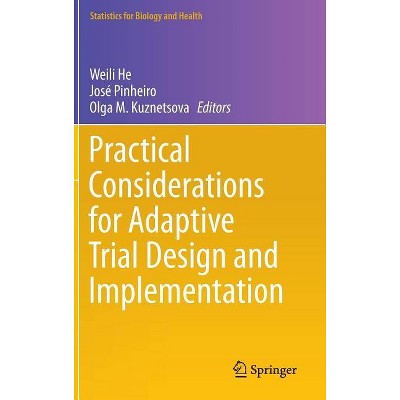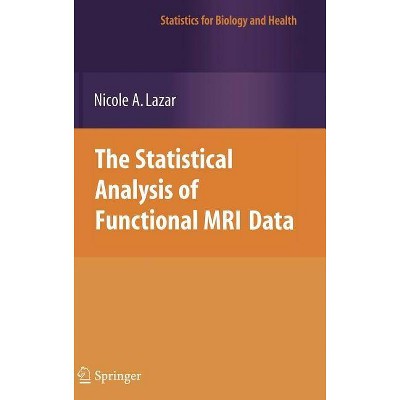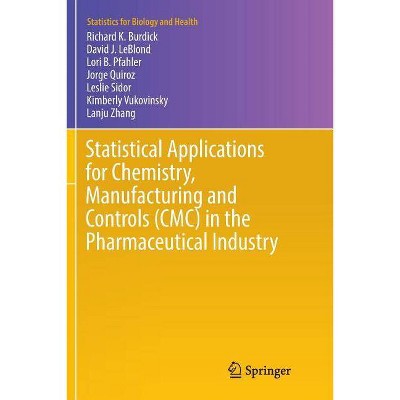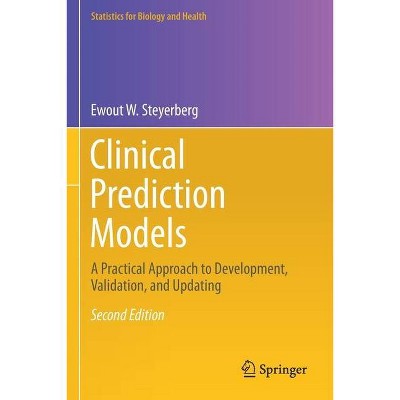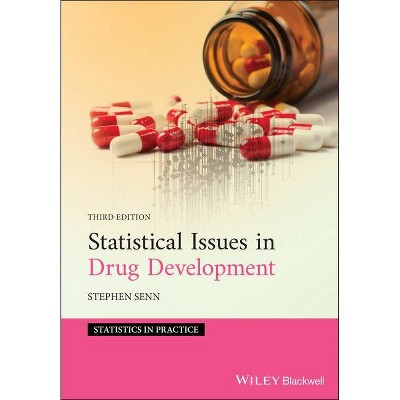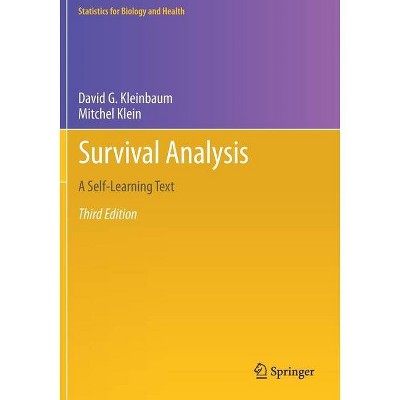Dose Finding in Drug Development - (Statistics for Biology and Health) by Naitee Ting (Hardcover)
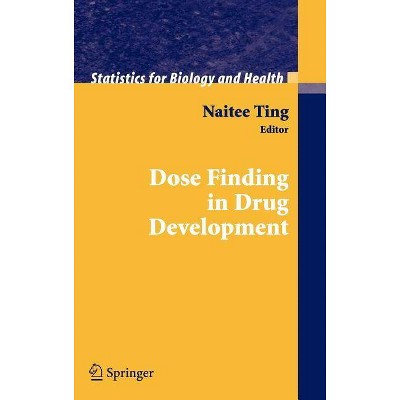
Similar Products
Products of same category from the store
AllProduct info
<p/><br></br><p><b> About the Book </b></p></br></br><p>If you have ever wondered when visiting the pharmacy how the dosage of your prescription is determined this book will answer your questions. It introduces the drug development process and explains the practical concerns in selecting doses for a new drug.</p><p/><br></br><p><b> Book Synopsis </b></p></br></br>This book emphasizes dose selection issues from a statistical point of view. It presentsstatisticalapplicationsinthedesignandanalysisofdose-responsestudies. The importance of this subject can be found from the International Conference on Harmonization (ICH) E4 Guidance document. Establishing the dose-response relationship is one of the most important act- ities in developing a new drug. A clinical development program for a new drug can be broadly divided into four phases - namely Phases I, II, III, and IV. Phase I clinical trials are designed to study the clinical pharmacology. Information - tained from these studies will help in designing Phase II studies. Dose-response relationshipsareusuallystudiedinPhaseII.PhaseIIIclinicaltrialsarelarge-scale, long-term studies. These studies serve to con?rm ?ndings from Phases I and II. ResultsobtainedfromPhasesI, II, andIIIclinicaltrialswouldthenbedocumented and submitted to regulatory agencies for drug approval. In the United States, - viewers from Food and Drug Administration (FDA) review these documents and make a decision to approve or to reject this New Drug Application (NDA). If the new drug is approved, then Phase IV studies can be started. Phase IV clinical trials are also known as postmarketing studies.<p/><br></br><p><b> From the Back Cover </b></p></br></br><p>When you go to the pharmacy and fill a prescription, have you ever wondered if the dose of the medication is right for you? Can the dose be too low so that the drug will not work? Can the dose be too high that it may cause some potential problem? How do people learn about dosing information? This book answers some of these questions. </p> <p></p> <p>Dosing information on the drug label is based on discussion and agreement between the pharmaceutical manufacturer and the drug regulatory agency. A drug label is a high level summary of results obtained from many scientific experiments. Scientists with biological, chemical, medical, or statistical background working in the pharmaceutical industry designed and executed these experiments to obtain information to help understand the dosing information. </p> <p></p> <p>This book introduces the drug development process, the design and analysis of clinical trials. Many of the discussions are based on applications of statistical methods in the design and analysis of dose response studies. Although the book is prepared mainly for statisticians/biostatisticians, it also serves as a useful reference to a variety of professionals working for the pharmaceutical industry. The potential readers include pharmacokienticists, clinical scientists, clinical pharmacologists, pharmacists, project managers, pharmaceutical scientists, clinicians, programmers, data managers, regulatory specialists, and study report writers. This book is also a good reference for professionals working in a drug regulatory environment, for example, the FDA. Scientists and/or reviewers from both U.S. and foreign drug regulatory agencies can benefit greatly from this book. In addition, statistical and medical professionals in academia may find this book helpful in understanding the drug development process and practical concerns in selecting doses for a new drug. </p> <p></p> <p>Naitee Ting received his Ph. D. in statistics from Colorado State University in 1987 and joined Pfizer Research right after obtaining his Ph. D. Dr. Ting is currently an Associate Director of Biostatistics in Pfizer Global Research and Development, supporting clinical development of new drugs. He has over 18 years of experiences in designing and analyzing late phase clinical trials. During his tenure at Pfizer, Dr. Ting has published more than 20 statistical papers in peer-reviewed journals and book chapters. He has also taught clinical trials courses at the University of Connecticut and University of Rhode Island. </p> <p></p><p/><br></br><p><b> Review Quotes </b></p></br></br><br><p>From the reviews: </p> <p>"The book will be of particular interest to statisticians with some pharmaceutical industry experience who find themselves working on phase II dose finding problems. It will also be valuable for clinicians and pharmacokineticists with some statistical background. All chapters in the book are extensively referenced as they each do not pretend to exhaust their subject." <em>Journal of Biopharmaceutical Statistics, Issue #2, 2007</em></p> <p>"The book is a collection of chapters contributed by different authors, each addressing a different aspect of the important problem of how to identify appropriate doses of medication during the drug development process ... . Consequently the most appropriate audience is statisticians and biostatisticians who desire an overview of the medical and regulatory contexts of the design and analysis of dose response studies ... . On the whole the individual chapters are well written, and the book overall is a nice reference ... ." (C. A. Fung, Short Book Reviews, Vol. 26 (2), 2006)</p> <p>"Dose Finding in Drug Development is a contemporary roadmap to the statistical design and analysis of dose-response studies, particularly those in phases II and III of drug development. ...In general, the book is easy to read. ...At roughly $5.71 per chapters, with each chapter authored by between one and three established experts, the book is a high-yield investment of any reader's time and money." (Thomas E. Bradstreet, Journal of the American Statistical Association, Vol. 102, No. 477, 2007)</p><br>
Price History
Price Archive shows prices from various stores, lets you see history and find the cheapest. There is no actual sale on the website. For all support, inquiry and suggestion messages communication@pricearchive.us
